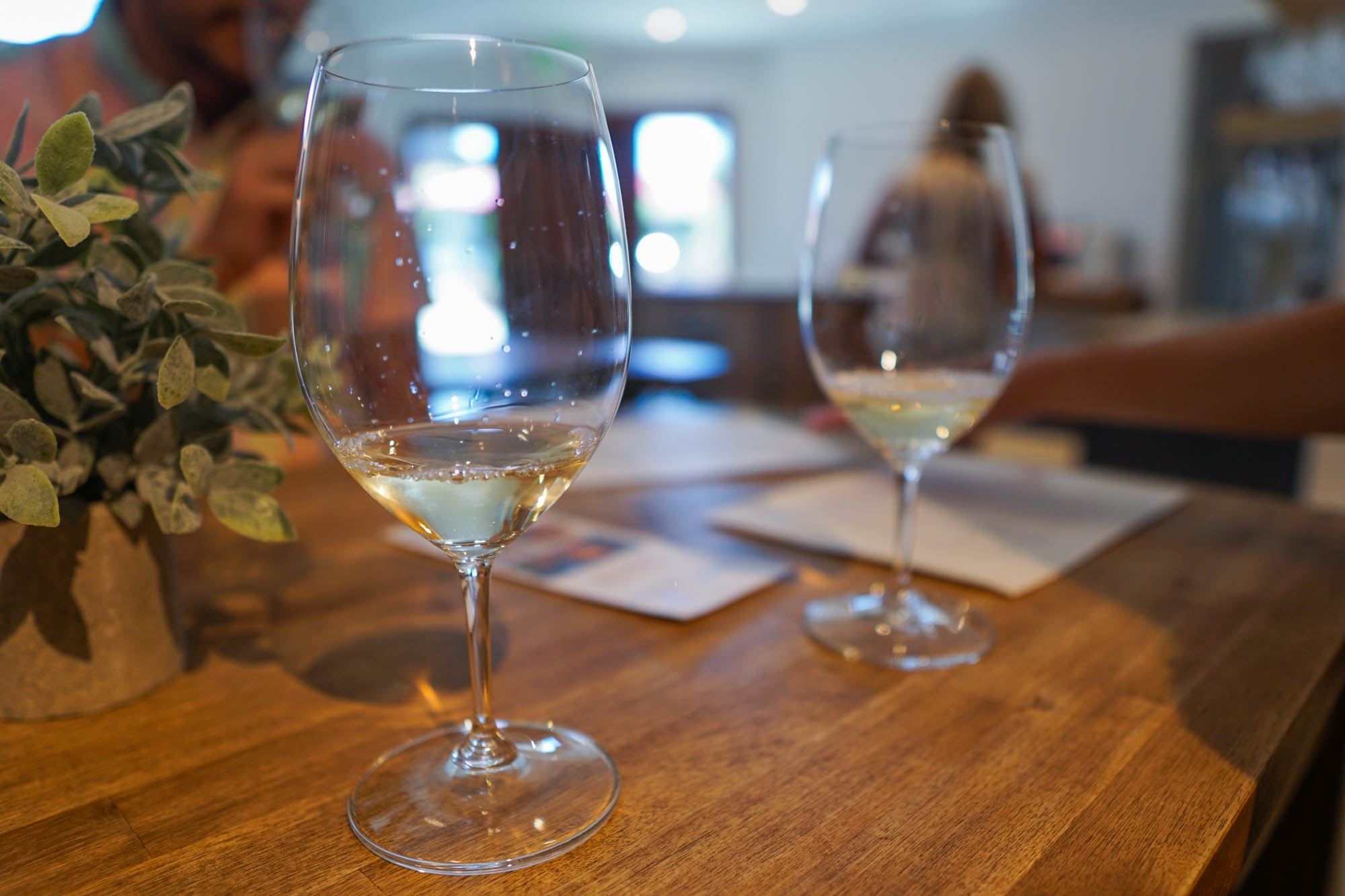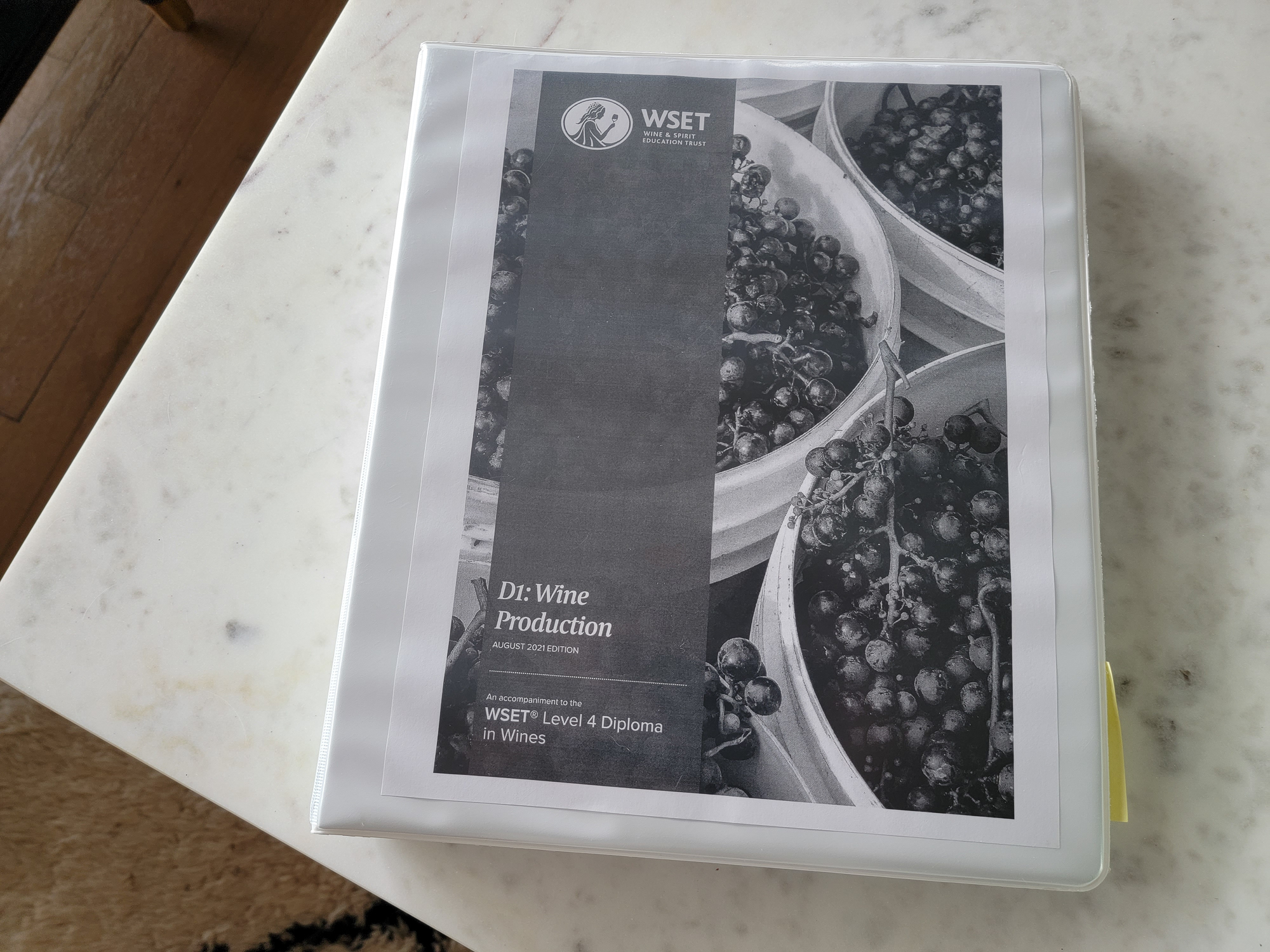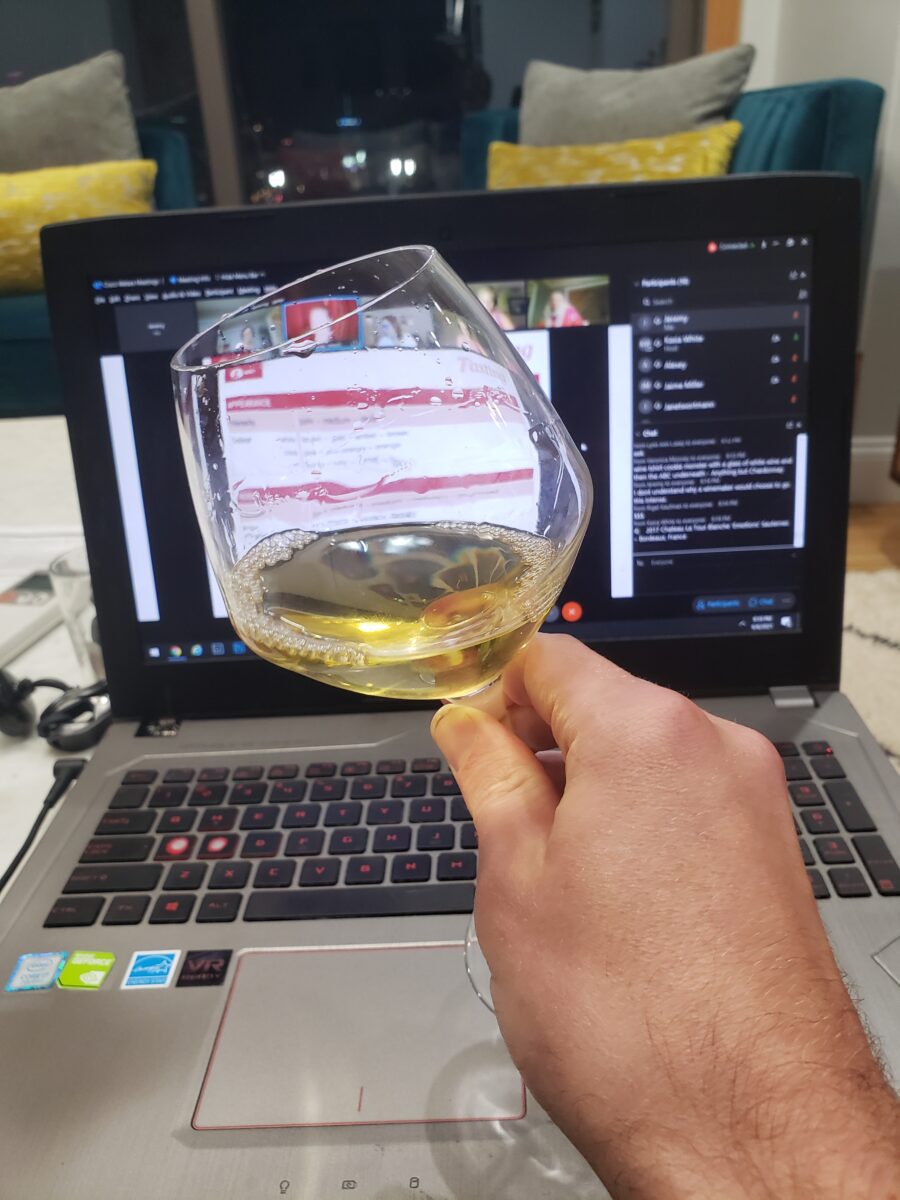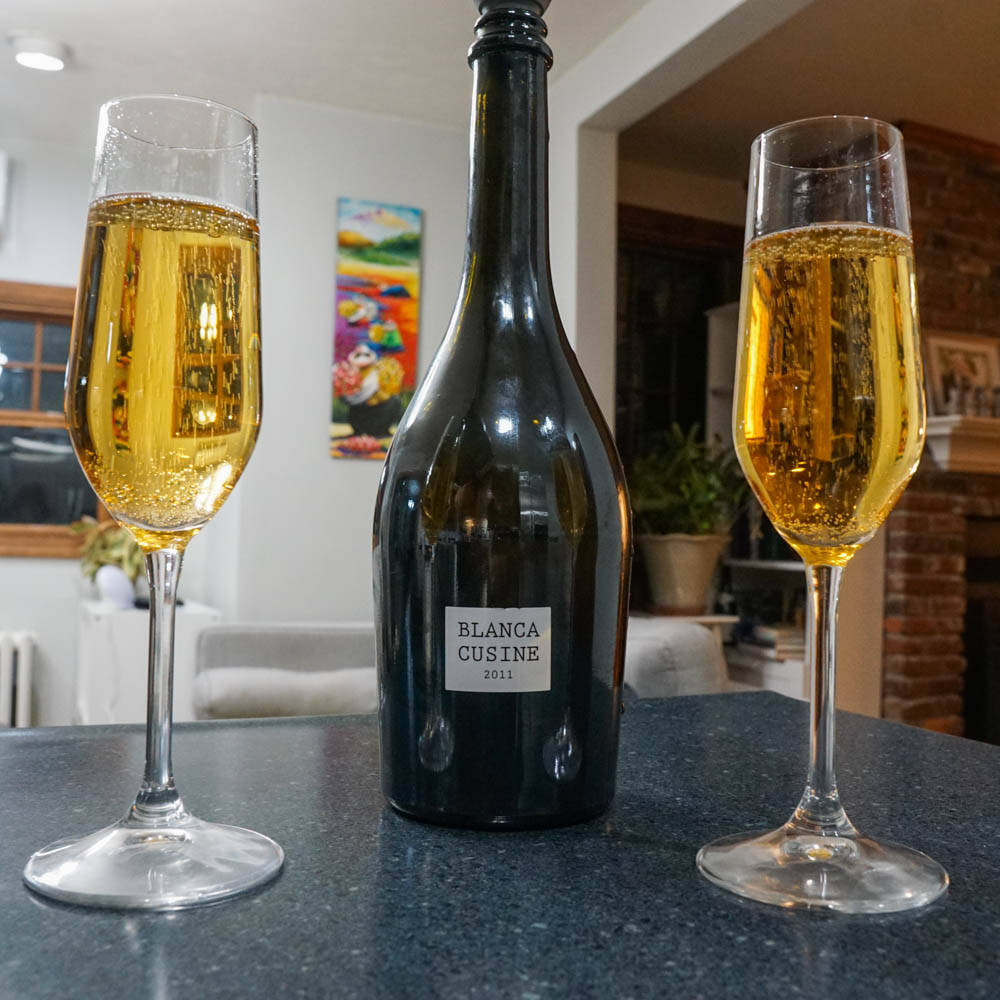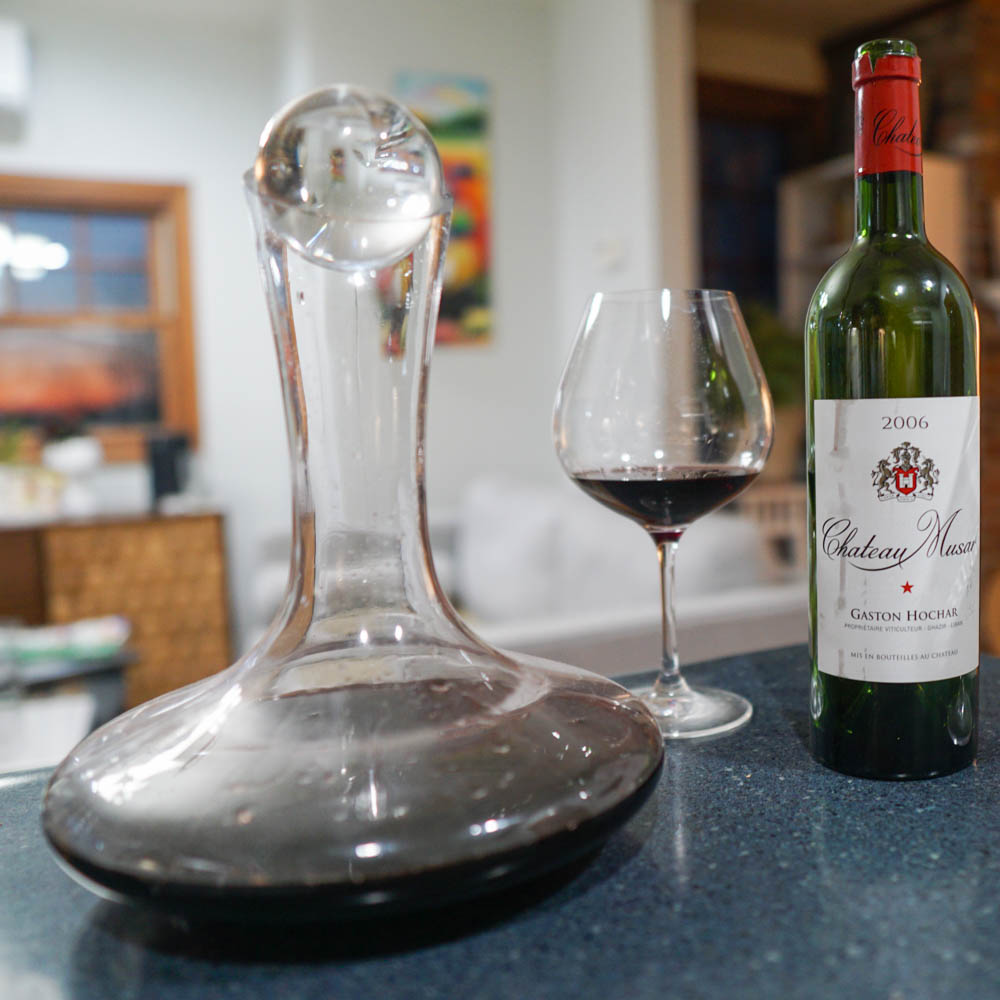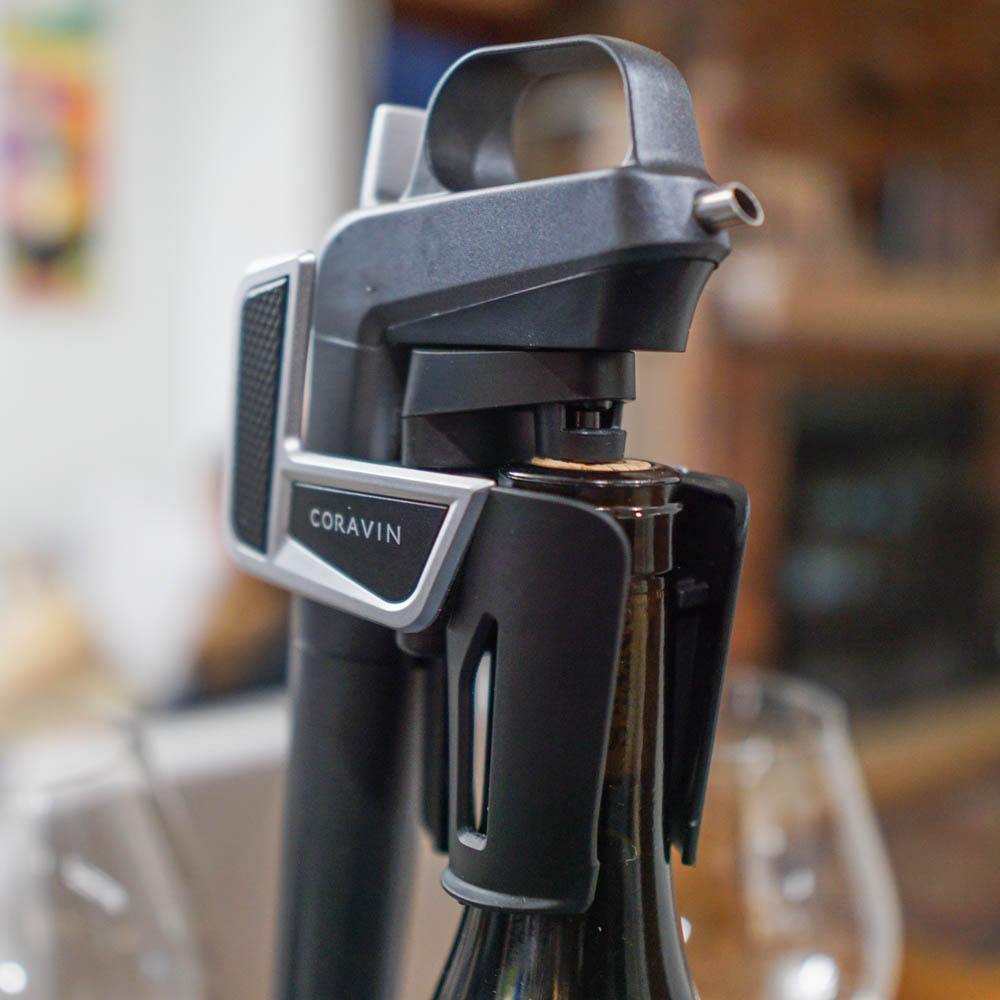Published by Jeremy.
Disclaimers: We use demographic data, email opt-ins, display advertising, and affiliate links to operate this site. Please review our Terms and Conditions for more information. This website is intended for those of legal drinking age in your jurisdiction.
So, you're thinking of enrolling in WSET Diploma and want to know a bit about what the modules are like?
Well, you're in luck. We are actively going to review each WSET Level 4 module after completing them where we will dive a bit into the material that is covered, share what the experience was like overall, and relate it to the same sections as covered in WSET Level 3.
While students can pursue modules D3-D6 at their own pace, module D1 must be completed first (and D2 second) before you can access the rest. This one sets the pace of the work that is to come with a robust dive into all things wine production!
So, let's talk about what the four-week course was like!
Note: I took the WSET Diploma D1 exam in September 2021. Test material and structure can and does change over time. I passed D1 with distinction.
What Material is Covered in WSET D1?
WSET Diploma D1 is all about wine production. This can be broken out into three major themes in my opinion. They are parts of the vine, grape growing, and still winemaking.
More or less, D1 covers virtually everything that must be considered when it comes to growing grapes and/or making still wine with nearly every topic that could come up in the field or at the winery up to the point that the wine is shipped. The only caveat to this that I'd make is that this module looks at these topics from a general sense and does not get into specifics for individual regions via laws, local geographies, and anything related to sparking or fortified winemaking (those are covered in future modules in greater detail).
This is, to put it bluntly, a large umbrella.
By the end of taking D1, you're going to have a robust understanding of all parts of the grape, requirements for growth (including minutiae like nutrients and pests), harvesting, all steps of still winemaking, and how all of these are tied to the final outcomes in terms of the quality of the wine.
At the Diploma level, you're then expected to not only regurgitate these facts to answer questions directly but also apply your knowledge throughout the module as a whole. As such, while you could see very specific questions on your exam that get into the weeds, you may also see broader questions like “why would a high-volume, inexpensive wine producer do [thing]?” or “what are the steps a premium red wine producer may take to produce [x] during [y]?”
In these instances, you are expected to make some of these leaps yourself to provide a robust answer that looks at the entire topic holistically.
The book, unfortunately, only makes a few of these connections for you either in text references or via a slim number of digital jump links between sections. It is up to your understanding of winemaking at large and your ability to put two and two together, which really is the entire point of Diploma level coursework anyway. For example, in the pests and disease chapter, the book may highlight a bit about how it impacts the grapes- things like reduction of yield, lower quality, off-flavors, or death of the vine outright. This is inherently linked to wine production topics later on (volume and quality) and the book may only make the connection once- if that.
If you are given a question about how pests impact the production of wine, it is up to you to bridge that gap and explain how they are inherently linked. This trend emerges a lot in the book and, as a result, makes it feel a bit more like a technical science manual than other wine books we have read. So be prepared to make some conclusions for yourself when studying for this one!
How Does D1 Compare to Level 3?
There are several ways to look at the information in D1 and compare it to the relevant sections of Level 3, and it is best to discuss them all separately before giving an opinion on the module overall.
In a way, D1 is not that much different than the material provided in Level 3. You cover grape parts, growing, and winemaking extensively in the ~12 week Level 3 course and the four-week D1 course can only provide a certain amount of time to really cover all the material- new, old, or otherwise. The book clocked in at about 220 pages, so physically there was more material, but where the extra material fell into place was very topically specific.
Was there much new in terms of how grapes grow? Topics like aspect, light, water, and location do not change and were barely expanded. Others, like nutrients, pests, photosynthesis, trellising, and the like were expanded significantly. Be prepared to go down the rabbit hole of downy mildew, powdery mildew, nematodes, and an array of viruses in this one and repeat with things like chemicals, filtration, and more.
On the winemaking side, specific grape details were left out. As mentioned previously, this course looked at things from a broader sense while saving some of the more in-depth information for future modules. Oxidation and spoilage concerns were beaten into memory at virtually every step, more information was given in terms of specific numbers (like what Brix numbers correspond to potential alcohol or temperatures used at each processing step), as well as way, way more discussion of equipment used. How that translates to production of Syrah in the Rhone? Zinfandel in California? Or Riesling in Germany? You were left to make those leaps for yourself while waiting for D3.
One of the biggest surprises of the book, to me, was that roughly half was focused on winemaking choices for red, white, rose, and sweet wines. These sections took everything introduced in the first half and applied them to the context of making those specific wines, albeit still in a general sense. So the information wasn't necessarily new here, but rather organized in a coherent way to try and get you to make the application leap that Diploma is pushing over and over again. This was an element that was less prevalent in Level 3, but I mention it in terms of its volume to give you an idea of just how much material is new- not much, really.
Overall, while I personally thought the four-week course structure was too fast to really take in all the information of a 200+ page book, you do have the benefit that a lot of the material is similar to what you experienced in Level 3, but perhaps just more in-depth. There are only a few truly new topics addressed in this one, but the challenge is being able to consume the information and apply it in an exam setting- not just regurgitate facts. For that, you still have to expect to study a fair bit!
Looking for tips on how to prepare for the WSET Diploma D1 exam? Click the previous link to check out our tips!
Upgrade Your Home Wine Bar
Need to upgrade your wine bar? Grab some new wine accessories:

